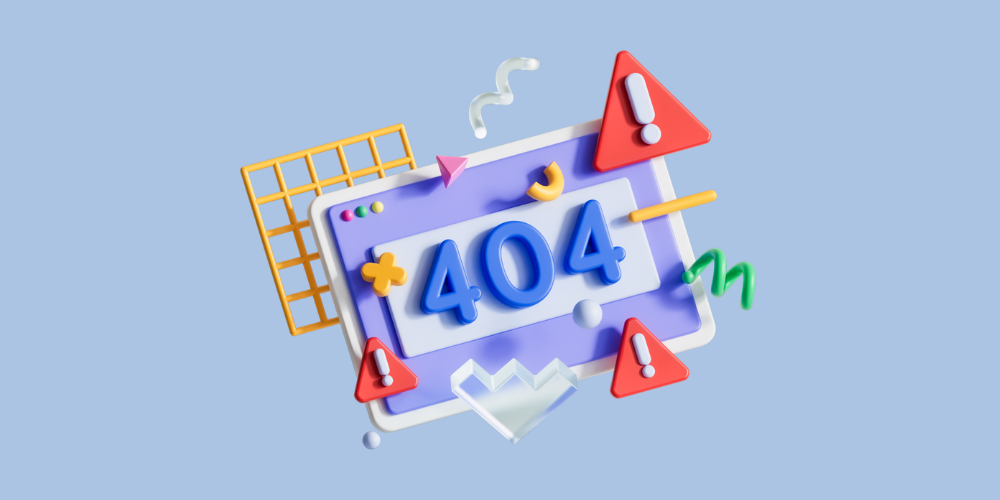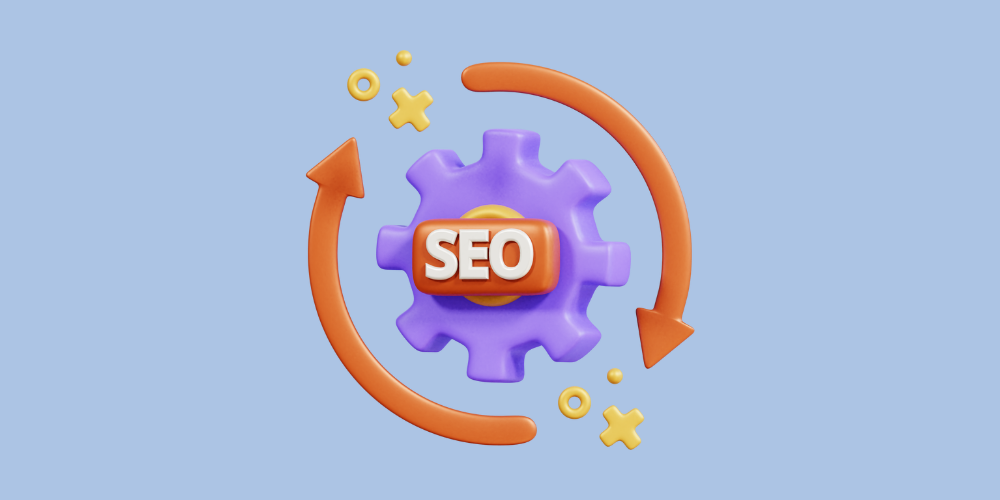Last Updated on 1 year ago by
In the realm of website management and search engine optimization (SEO), encountering a 404 error can be a significant concern. These errors not only disrupt the user experience but also impact your website’s SEO performance. Understanding what causes these types of errors, how to address them, and their broader implications is crucial for maintaining a healthy and user-friendly website. In this article, we will explore the impact of these types of errors on SEO, effective ways to handle them, and strategies to prevent them in the future.
What is a 404 Error?
A 404 error, also known as “404 Not Found,” occurs when a web server cannot locate the requested page. This typically happens when the URL is incorrect, the page has been deleted, or the page has been moved without proper redirection. Users encountering a 404 error are greeted with a message indicating that the page they are looking for cannot be found, leading to frustration and potentially driving them away from your site.
The Impact of 404 Errors on SEO

When search engine bots encounter missing pages, it can lead to several negative consequences for your website’s performance. These errors disrupt the user experience, often causing visitors to leave your site quickly, which increases bounce rates and signals to search engines that your site may not be providing valuable content. Additionally, frequent encounters with these errors can waste valuable crawl budget, as bots spend time on non-existent pages instead of indexing important content. This inefficiency can prevent new or updated pages from being discovered promptly. Furthermore, broken links resulting in these errors can lead to the loss of link equity, diminishing your site’s authority and overall ranking potential.
User Experience and Engagement
One of the most immediate impacts of these errors is on user experience. When visitors land on a 404 error page, they are likely to leave your site if they cannot find the information they were seeking. High bounce rates and short session durations signal to search engines that your site may not be providing a satisfactory user experience, which can negatively affect your rankings.
Crawl Budget Waste
Search engines allocate a specific crawl budget for each website, determining how many pages will be crawled within a given timeframe. If search engine bots frequently encounter these errors on your site, they may waste valuable crawl budget on non-existent pages instead of indexing your important content. This inefficiency can hinder the discoverability of your new or updated pages, impacting your SEO efforts.
Link Equity Loss
404 errors can lead to the loss of link equity, which is the value passed from one page to another through hyperlinks. If external or internal links point to a page that returns a 404 error, the link equity intended for that page is lost. This can diminish the authority of your site and harm its overall SEO performance.
How to Identify Errors

Identifying missing pages on your website is crucial for maintaining a healthy and user-friendly site. Utilizing SEO analysis tools such as Google Search Console, Screaming Frog, or Ahrefs can help pinpoint where these issues occur. These tools provide detailed reports on crawl errors, highlighting the URLs affected and the sources of those errors. Regularly monitoring these reports allows for timely intervention and correction. Additionally, reviewing server logs can offer insights into all requests made to your server, helping you identify problematic URLs that need attention. By staying vigilant and using these tools, you can effectively manage and rectify issues before they impact your site’s performance.
SEO Analysis Tools
Utilizing SEO analysis tools such as Google Search Console, Screaming Frog, or Ahrefs can help you identify 404 errors on your site. These tools provide detailed reports on crawl errors, including the URLs affected and the sources of those errors. Regularly monitoring these reports enables you to promptly address any issues that arise.
Server Logs
Reviewing server logs is another effective way to identify errors. Server logs contain detailed records of all requests made to your server, including the URLs that resulted in 404 errors. By analyzing these logs, you can pinpoint the exact URLs that need attention and take corrective action.
How to Fix 404 Errors

To resolve issues of missing pages on your website, implementing 301 redirects is a common and effective solution. This approach ensures that any requests for non-existent pages are seamlessly redirected to relevant, active pages, preserving both user experience and link equity. Additionally, regularly auditing and updating internal links helps to ensure they point to valid URLs, preventing users from encountering these issues during navigation. Customizing your error page to provide useful information and navigation options can also enhance user experience, guiding visitors to other parts of your site instead of leaving in frustration.
Implement Redirects
One of the most common solutions to 404 errors is implementing 301 redirects. A 301 redirect permanently redirects the old URL to a new one, ensuring that users and search engines are taken to the correct page. This helps preserve link equity and improves user experience. Using a tool like Redirection or managing redirects through your server configuration can simplify this process.
Update Internal Links
nsure that all internal links on your site point to valid URLs. Regularly audit your site to check for broken links and update them accordingly. This proactive approach prevents users from encountering 404 errors while navigating your site and maintains the integrity of your internal linking structure.
Customize 404 Error Pages
Creating a custom 404 error page can enhance user experience by providing helpful information and navigation options. Instead of displaying a generic error message, a custom 404 page can guide users to related content, a search bar, or popular pages on your site. This reduces the likelihood of users leaving your site out of frustration.
Preventing Not-Found Errors in the Future

To avoid the recurrence of missing pages on your website, regular site audits are essential. Conducting these audits helps identify and rectify potential issues such as broken links and outdated content before they become significant problems. Effective URL management, including using consistent and descriptive URL structures and implementing redirects when changes are necessary, also plays a critical role in preventing errors. Additionally, keeping your content up-to-date and performing regular housekeeping tasks, such as removing obsolete pages and updating internal links, ensures that your site remains functional and user-friendly. These proactive measures will help maintain a seamless user experience and preserve your site’s SEO performance.
Regular Site Audits
Conducting regular site audits is essential for maintaining a healthy website. These audits help identify potential issues, including broken links and outdated content, before they result in errors. Tools like Google Search Console can provide valuable insights into your site’s performance and highlight areas for improvement.
Proper URL Management
Effective URL management involves using consistent and descriptive URL structures, avoiding unnecessary changes, and implementing redirects when changes are unavoidable. Maintaining a clear and organized URL structure helps prevent errors and improves the overall user experience.
Content Updates and Housekeeping
Regularly updating and maintaining your content ensures that all links remain valid and relevant. Removing outdated content, updating old posts, and ensuring that all internal links point to active pages helps prevent 404 errors. This proactive approach keeps your site’s content fresh and user-friendly.
The Role of Technical SEO in Managing Errors
Technical SEO plays a crucial role in identifying, addressing, and preventing 404 errors. By leveraging technical SEO practices, you can ensure that your site is optimized for search engine crawlers and provides a seamless user experience. This includes regular site audits, proper URL management, and implementing best practices for redirects and link maintenance. Understanding what is technical SEO and applying its principles can significantly enhance your site’s performance and visibility.
404 errors are more than just minor inconveniences; they can significantly impact your website’s SEO and user experience. By understanding their causes, promptly addressing them, and implementing preventive measures, you can minimize their negative effects. Regular monitoring, proper URL management, and leveraging the expertise of an SEO company are key to maintaining a healthy and user-friendly website. Whether you are managing your SEO in-house or with the help of an SEO agency, addressing 404 errors should be a priority in your ongoing website maintenance efforts.













